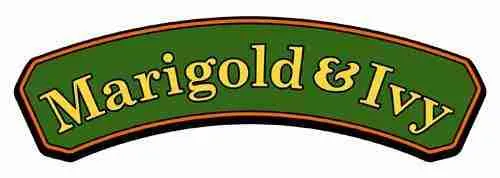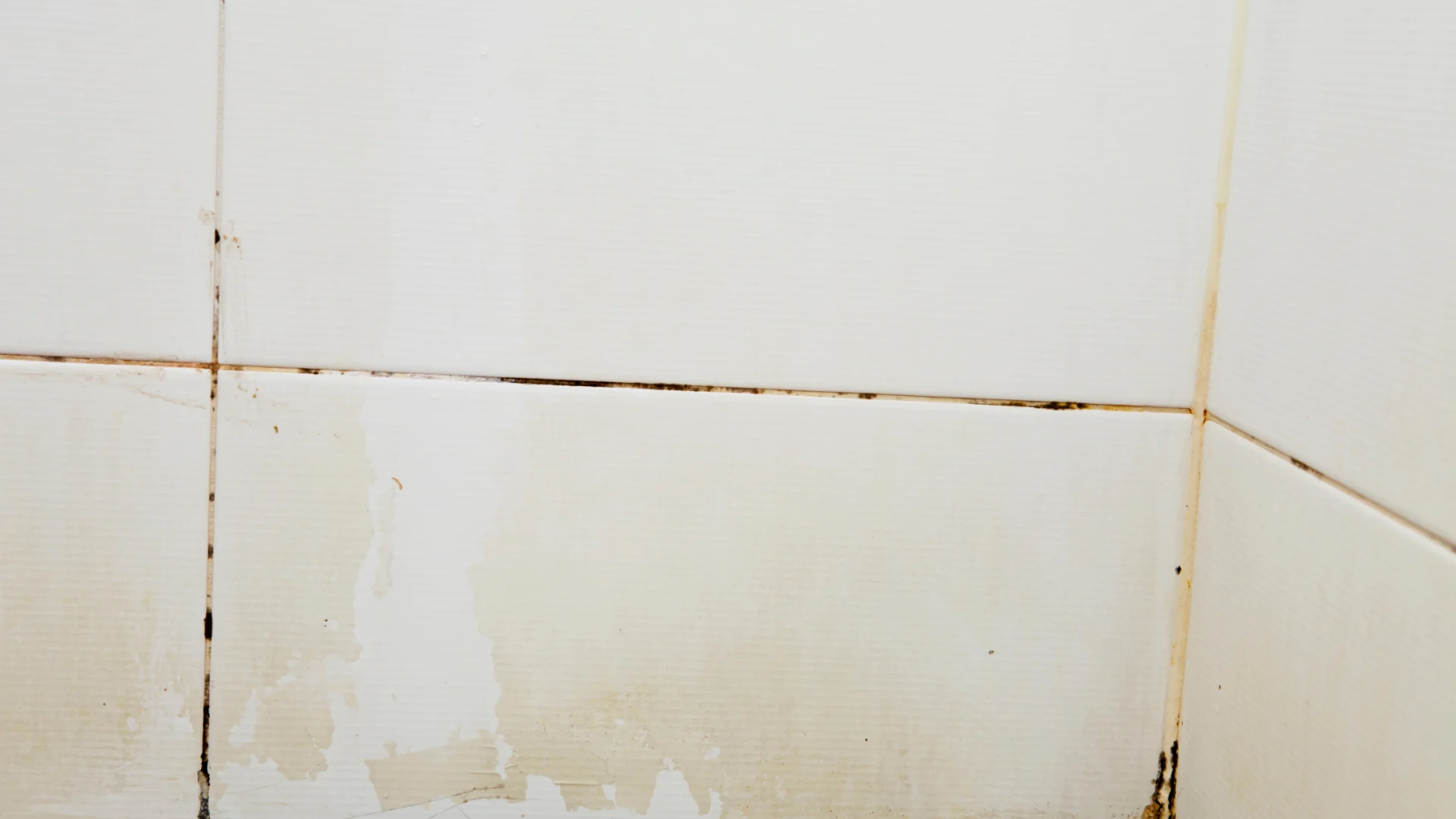Mold that covers more than ten square feet in your house should be handled by a professional; smaller spots of mold, you can kill and remove on your own. So, what can you use to kill mold in your home? “Does hydrogen peroxide kill mold?”
Yes, hydrogen peroxide kills mold. This solution, known for disinfecting wounds, also has active properties that can combat a variety of microorganisms, such as mold.
So, instead of using harmful chemicals like bleach, the most common mold killer, rely first on hydrogen peroxide, one of the safest solutions available at home.
In this post, we’ll tackle the number of places you can use hydrogen peroxide to kill mold in your house.
Does Hydrogen Peroxide Kill Mold Spores?
Does hydrogen peroxide remove mold spores? Yes, research reveals that hydrogen peroxide can kill viruses, fungi, bacteria, and mold spores.
When you apply the solution to mold spores, the hydrogen peroxide breaks down their essential components, such as DNA and protein.
However, while you can use hydrogen peroxide on mold spores, its effectiveness will depend on the concentration of it and the type of surface the mold is on. For killing mold spores, use 3% hydrogen peroxide because higher concentrations may ruin some surfaces.
Does Hydrogen Peroxide Kill Mold in Shower?
Absolutely! Showers are prone to mold because they are a great source of warmth and moisture. It’s also ideal to use hydrogen peroxide to kill mold not just in the shower, but the bathroom floor and other areas.
To remove mold in the shower, follow these steps:
Things you’ll need:
- 3% hydrogen peroxide
- Spray bottle
- Clean cloth
Instructions:
1. Pour hydrogen peroxide into a spray bottle.
2. Spray the affected area and let it sit for 30 minutes.
3. Scrub the mold surface to remove the mold and stains.
Wipe the surface with a clean cloth to remove mold and the stain.
Does Hydrogen Peroxide Kill Mold on Wood?
It depends on what type of wood it is, but using hydrogen peroxide to kill mold does work.
Take note, however, that hydrogen peroxide is not suitable for all types of wood. Thus, be cautious in removing mold grown on your wood furniture, walls, and other wood items in the house.
Some types of wood are sensitive to hydrogen peroxide, and this solution may cause breakage or discoloration.
Hydrogen peroxide generally removes mold on wood types like hardwoods, sealed or finished wood, and treated or pressure-treated wood.
Does Hydrogen Peroxide Kill Mold on Drywall?
Hydrogen peroxide is pretty effective in removing mold on drywall. However, it may not be effective for a severe mold infestation. Again, when mold growth reaches over ten square feet, hire a professional.
Drywall is a porous material, and mold can easily penetrate it. Hydrogen peroxide, however, can only be used to kill mold on surfaces, making it challenging to remove entirely. You may need a lot of this solution for it to penetrate drywall.
Follow these steps to help kill and remove mold grown on dry walls.
Things you’ll need:
- 3% hydrogen peroxide
- Water
- Spray bottle
- Scrub brush or sponge
Instructions:
1. Put hydrogen peroxide in a spray bottle.
2. Spray the affected area. Make sure that the mold areas on the wall are completely saturated. Allow the solution to sit for about 10 to 15 minutes.
3. Scrub the wall with a sponge or scrub brush. Don’t scrub too hard, as it could damage the drywall.
4. Wipe the affected area with a damp cloth and leave it to dry.
Does Hydrogen Peroxide Kill Mold on Concrete?
Yes! Hydrogen peroxide kills mold on concrete. Unlike drywall or wood, concrete is a less porous material, making it more resistant to mold contamination.
The best thing about hydrogen peroxide is that you can easily apply it to concrete surfaces, making it a convenient solution for treating mold on patios, driveways, sidewalks, etc.
Does Hydrogen Peroxide Kill Mold on Carpet?
Hydrogen peroxide is an age-old remedy for removing mold on carpets. You only need to apply the hydrogen peroxide in the moldy areas and leave it for a while for the magic to happen.
Read our article – Can Hydrogen Peroxide Clean Carpet? to learn how to remove stains on your carpet.
Does Hydrogen Peroxide Kill Mold on Fabric?
Have you ever pulled clothes from your closet that had mold on them? These disgusting brown, black, green, and grey spots can develop from leaving damp clothes in the closet or if your closet contains moisture.
Thankfully, you can use hydrogen peroxide to kill mold on fabric. To use the solution, pretreat your clothes with 3% hydrogen peroxide. Apply it onto the moldy area and leave it for about 10 minutes.
To kill mold on more delicate fabrics like linen and cotton, mix one part hydrogen peroxide and four parts water. Then, wash the clothes using the solution and regular detergent in the washing machine.
Does Hydrogen Peroxide Remove Mold on Grout?

Yes, hydrogen peroxide is also a good solution for mold growth on grout. Tile grout in the shower area is usually moist, so it’s a good breeding ground for mold. And hydrogen peroxide does a great job of killing and removing it.
To use, apply the solution to the tile grout, leave for a few minutes, then scrub and rinse with water.
For better results, use hydrogen peroxide and baking soda. These natural products are a good combo for removing black mold.
- Combine baking soda and water to make a paste. Apply the paste to the affected area.
- Pour hydrogen peroxide into the paste. Watch as the combinations make bubbles and fizzes.
- Wipe away the mold with a scrub sponge.
The reaction will help loosen the mold spore in your grout, helping you to remove the mold easily.
Read our post – Does Baking Soda Clean Grout? to learn how to clean grout.
Conclusion
Hydrogen peroxide kills bacteria and cleans wounds. But that’s not it because it can also kill mold in your home. It is an effective mold removal agent, especially for non-porous surfaces and other things throughout your house, like concrete, grout, carpet, and fabric.
It may be less effective on porous surfaces, like wood and drywall, but that does not mean you can’t use it. For porous surfaces, you may need to use more hydrogen peroxide so it can penetrate inside the material.
For areas like grout, combine hydrogen peroxide with baking soda when using it on mold. Before reaching for bleach or anything with harsh chemicals to kill mold, use hydrogen peroxide instead.
To learn what else hydrogen peroxide can do in your home, check out our blog post – Does Hydrogen Peroxide Remove Rust?: Find Out What It Can Do For Your Home’s Items

